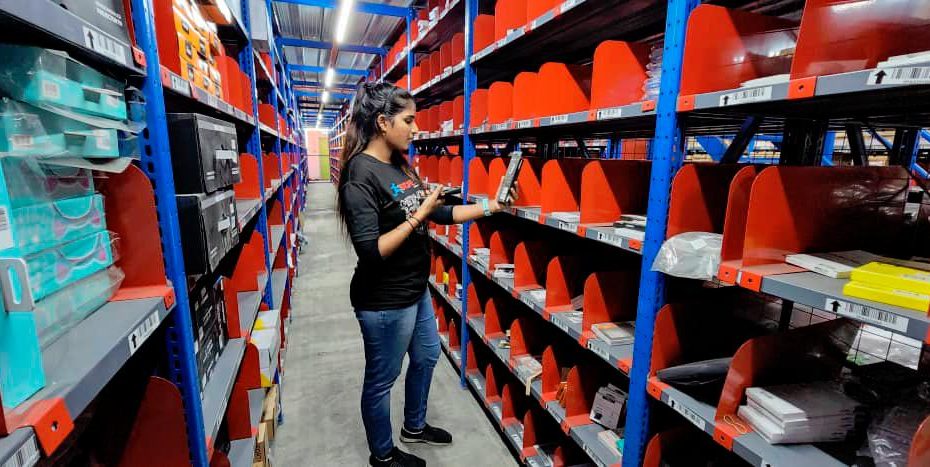27 June 2022
THE acceleration in digitalisation has permanently transformed the business ecosystem. More often than not, it has also aided the expansion of online commerce as business owners are compelled to go online and digitise their operations in order to make ends meet. Consequently, the e-commerce industry is booming and experiencing rapid growth, with more and more e-commerce businesses gaining increased success.
Running a business, however, is not simple. As the e-commerce and logistics industries have grown in size, so has the scarcity of e-commerce and fulfilment centre spaces – where the inflexibility of warehouse transactions has been more visible as the larger supply chain has become increasingly disrupted.
This is where the learning curve for business owners is always changing in the e-commerce industry. Businesses must be able to manoeuvre incoming and outgoing logistics with proper systems and technology; otherwise, forecasting inventories, properly filling orders, and processing numerous shipments on time becomes impossible. They must also guarantee that the budget for extra warehouse space is managed effectively in order to maintain a consistent cash flow.
We would want to think that as company owners, we are experts at managing our own products and have perfected the art of marketing and selling them. However, this is a pain point in businesses which revolve around physical products that are marketed through e-commerce platforms. For businesses of any size, being able to fulfil all orders placed by customers is a make-or-break situation.
Given the intricacy of this, smaller businesses that wish to expand have no idea where to begin and usually only have a few in-house staff to handle online sales.
Meanwhile, larger businesses are having trouble keeping up with surging growth and require a bigger warehouse to accommodate a higher level of stocks. For instance, the Double-Day Sales such as 11.11 which is hugely popular in Malaysia can be exciting but overwhelming; businesses will have to process purchases methodically to fulfil all orders, while ensuring that the cost of additional warehouse space is handled efficiently, to ensure smooth cash flow at the same time. Whereas offline sales are increasing and coming back into the picture post-Covid-19.
This only means the trend is apparent and there is a need for a provider to provide both business-to-consumer (B2C) online fulfilment and business-to-business (B2B) retail store fulfilment as part of their offering services.
To solve these pain points, Warehousing-as-a-Service (WaaS) offers services from product storage to packaging, the transition from brick-and-mortar to e-commerce, e-commerce warehouse management, order processing, delivery, shipping, as well as returns.
This solution allows businesses to keep better track of their inventory and guarantees that consumers receive their orders on time, resulting in more revenue. With WaaS, businesses are able to manufacture, import, export or transport their products with ease. While this may appear to be excessive, it can actually increase businesses’ productivity in the long run and pave the way for expansion in the regional e-commerce industry.
iStore iSend’s business model as a WaaS offers flexible inventory storage solutions that are becoming widely popular in the logistics field, providing enterprises with the flexibility to grow their businesses compared to contract logistics and variable prices that come in handy no matter what stage of growth your business is in.
This article is contributed by iStore iSend CEO Joe Khoo.
